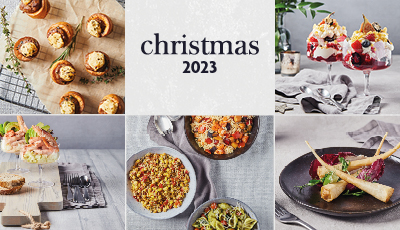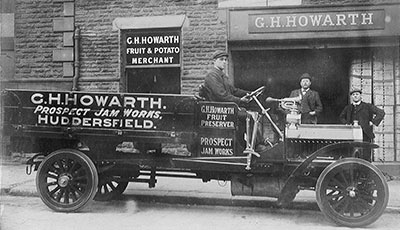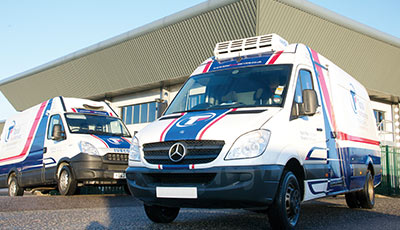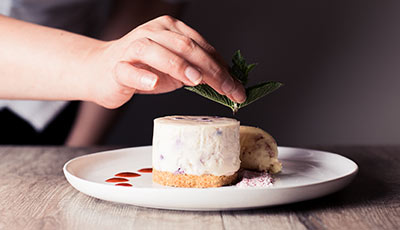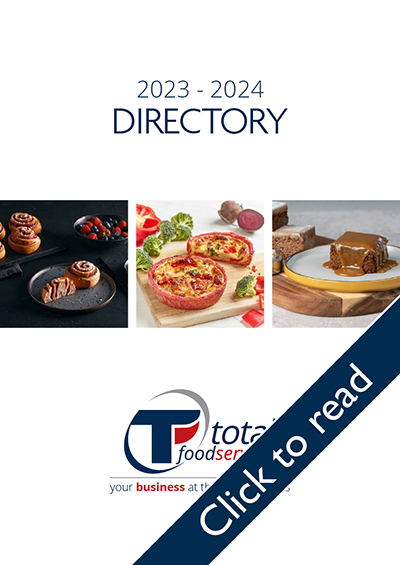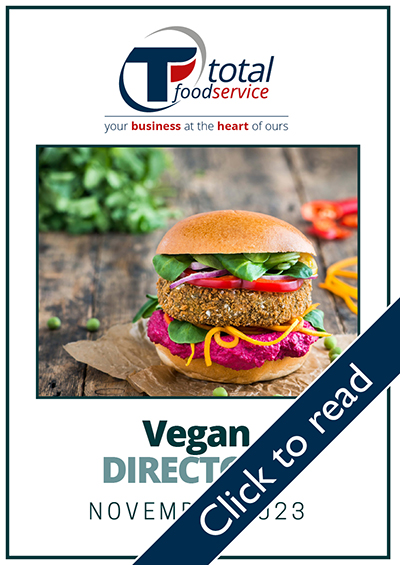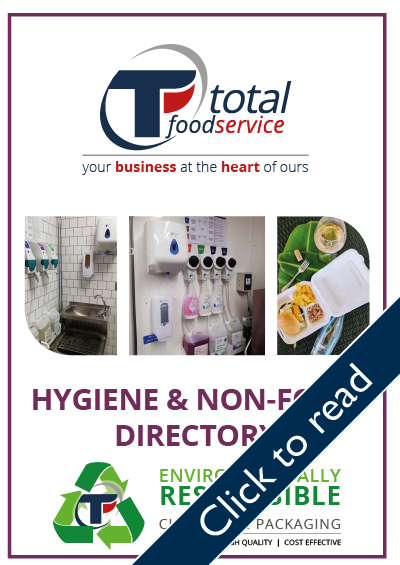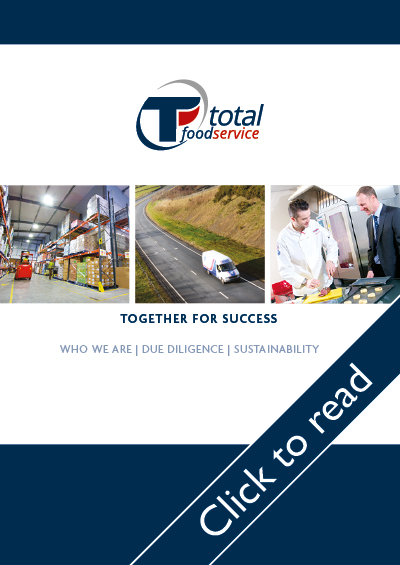Food Waste: Why Are We Producing Food For The Bin?

I have been a Chef for over 2 decades and worked in a range of venues; from cafes on the seafront on the Costa Del Sol to Michelin kitchens, to huge banqueting venues (which generate some of the most waste I have ever encountered).
I worked previously as the Head Chef of River Cottage and later for a brief time with Love food, Hate Waste, as a demonstration chef, working in shopping malls to teach the public how to shop more cleverly and use more ingredients rather than ready meals, the one thing that shone through was a lack of education in two areas; basic cooking and managing the household budget.
By the way, household food waste is over 20% of all food purchased, crazy, isn’t it?
We all know the cost of food is going up and that of course means we all have to be more clever in the use of what we buy, both in our businesses and at home, but how do we manage both of those problems better?
Its not until you become responsible for the food cost do you suddenly get that sharp shock of how much produce costs and how much gets thrown away, some to animal feed, the rest to landfill or simply plowed back into the ground where it grew, never even harvested!
But before the produce even gets to us, so much is already turned into food waste by the industrial farming and procurement system; fruit and vegetables are the biggest victims of being wasted due to being the “wrong size, wrong shape and blemishes/imperfections” are the main reasons that supermarkets and wholesalers reject items, resulting in over 50% of useable food being thrown away.
By the way, there is nothing wrong with blemished fruit and vegetables, we have just been conditioned by supermarkets to expect perfect, polished apples and tomatoes, sometimes they taste even better, remember those slightly squishy, over ripe tomatoes that were sweet and perfect with just a bit of crunchy sea salt and a twist of black pepper, roasted for the best tomato sauce?
And the Environmental impact is huge; there is nothing wrong with the produce, just grocery stores want perfect looking produce for the shelves, this is a broken food system when we throw perfectly useable food away, push up food prices and more importantly, a lot of the world goes to bed hungry every night, while landfills are brimming with perfectly tasty ugly fruit and vegetables.
The foodservice industry needs to lead the way on this, what we demand as consumers is what the industry follows, after all if we don’t buy it, they won’t sell it.
So here’s what I learned that helped me to reduce waste...

REVIEW YOUR MENU
Cut out low sellers and make your menu smaller, using fewer ingredients but in more dishes and more clever ways, this in turn makes profit go up and waste go down.
CHECK YOUR SALES MIX ON MENUS
This is vital, no point over ordering produce at the beginning of the week if you mainly sell it at weekends, for example.

BUY LOCALLY AND IN SEASON
It seems obvious, but local food producers often don’t have the same constraints as huge commercial farms, supplying into the industrial food chain. You are also reducing food miles and the potential for food waste through transport damage and in turn lowering environmental impact.
The now almost overused phrase of “Farm to Fork” is vital, it works for lots of reasons; food waste, food miles, great menu story and also keeps money in your community and helps to keep another small business alive.

BULK PREP AND FREEZE
You’ll be surprised how well this works. This also encourages better portion control and costing, after all you’re a business and should be striving to make your guests happy but also make money.
CHECK YOUR BINS
Check your bins at the end of the day for a week; see what’s in there and why, maybe keep a wastage sheet and track your waste by putting a rough cash cost to it, I am sure you will be surprised.

PRE PREPARED FROZEN VEG
The variety and quality has improved massively over the last decade. They are packaged before being flash-frozen at low temperatures so the water content crystallises stopping the produce from going soggy when it thaws out while also helping to preserve nutrients.
SPEAK TO YOUR SUPPLIERS
Speak to your suppliers about the best ways to store produce, to lengthen its usability without losing quality.
These are just a few things I have done over the years, some may be applicable to you, some may not, you know your business better than I ever could, but if this helps reduce food waste in your business even by one black bag per day or even week, we are making a good start.
A bit about our contributor...

Mark Lloyd – Head Chef & Industry Professional
“Mark has been an industry professional for over two decades, working in outstanding venues in the UK and across Europe, including well known TV chefs and Michelin starred chefs. He has also been on various TV and radio channels over the years and is writing for some of the most popular food publications in the country.
Having been a head chef for many years, Mark has now stepped away from the stove full-time and his expertise is now being passed on through training, consultancy and demonstration cookery, both in person and online.”



